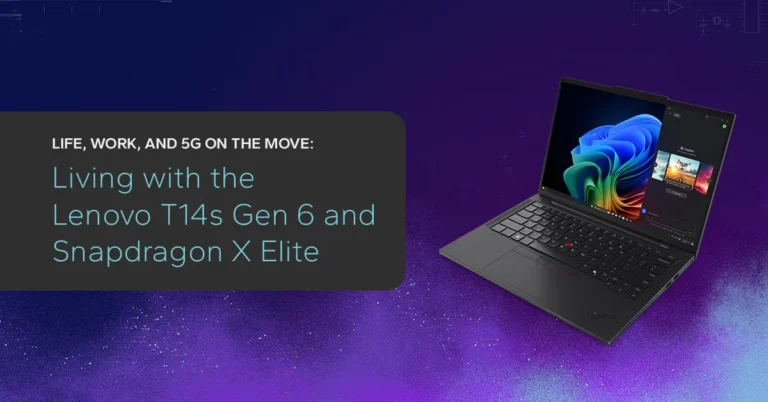The Improving Landscape of Application Compatibility for Windows and Snapdragon Processors
-
 Ryan Shrout
Ryan Shrout
It was all the way back in 2011 that Microsoft set out on making the standard version of Windows compatible with the Arm architecture, first with Windows RT. The PC-oriented operating system hadn’t supported any architecture besides x86 since Windows XP. At the time, x86 CPUs were used almost exclusively for PCs and datacenters, while Arm processors were largely made for phones and embedded devices. Even with perfect software compatibility, optimal hardware would also be needed to bridge the gap between Windows and Arm.
Microsoft found a key ally in Qualcomm, one of the world’s premiere designers of smartphone processors. Windows on Arm went from running on the Snapdragon 800, an SoC first launched in 2007 that was made for mobile devices, to running on the PC-first Snapdragon 8cx in 2019. The Snapdragon X Elite isn’t the first Arm CPU to run Windows on Arm or to even be made specifically for Windows laptops, but it is the first family of Qualcomm CPUs to truly rival the best x86 processors from Intel and AMD.
The launch of the Snapdragon X Elite in May 2024 brought two major changes to Qualcomm’s line of PC chips. First, power and performance improved drastically. Whereas previous Snapdragon processors for the PC capped out at four big and four small cores, the Snapdragon X Elite goes up to 12 uniform, high performance cores that hit dramatically faster clock speeds and achieve much greater overall performance. The integrated graphics also have a nice boost in performance, and the integrated Hexagon Neural Processing Unit (NPU) on the Snapdragon X Elite is three times faster compared to the previous generation.

